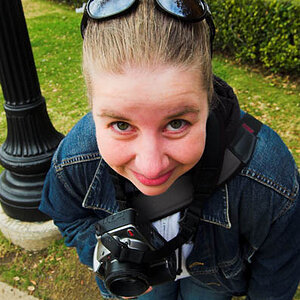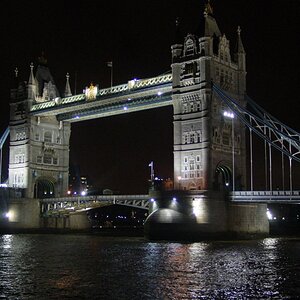stream41
TPF Noob!
- Joined
- Jan 2, 2007
- Messages
- 6
- Reaction score
- 0
- Can others edit my Photos
- Photos OK to edit
Hey guys, new member here. I have a few questions, if y'all don't mind 
I buy and sell guitars for a living, and I'm getting a bit frustrated with the quality of the photography of my guitars. I think having more professional-looking pics of the guitars would help out a lot. Here's an example of what I'm producing now:
http://cgi.ebay.com/ws/eBayISAPI.dll?ViewItem&item=230071985825
In particular, notice the reflections on the back of the guitar - that's where I always have the most problems because of the glossy coat of laquer they put on the guitars. I almost threw my camera on the ground that day because I literally could not find an area of my yard where I could escape reflections. Anyway, here's where I want to be:
http://www.buffalobrosguitars.com/images22000-22999/ngb22041-goodallcgc/index.html
I'm sure that's not true "professional" photography, but it's 100 times better than what I'm doing right now. Basically, my question is how do I get to that? I e-mailed the guy who does their photography, and he said he's using a Canon digital camera (he didn't say if it was a SLR or point-and-shoot), two softboxes, a couple of strobes, and a Minolta light meter. From talking to a buddy of mine who's into photography, I already know I'll need two softboxes. But, beyond that I get kinda lost. Right now I have a Canon SD410 point-and-shoot digital camera. What else do I need to take the kind of pics I want? I'm prepared to budget about $500 for any equipment I need.
Thanks in advance, guys.
-Jesse
I buy and sell guitars for a living, and I'm getting a bit frustrated with the quality of the photography of my guitars. I think having more professional-looking pics of the guitars would help out a lot. Here's an example of what I'm producing now:
http://cgi.ebay.com/ws/eBayISAPI.dll?ViewItem&item=230071985825
In particular, notice the reflections on the back of the guitar - that's where I always have the most problems because of the glossy coat of laquer they put on the guitars. I almost threw my camera on the ground that day because I literally could not find an area of my yard where I could escape reflections. Anyway, here's where I want to be:
http://www.buffalobrosguitars.com/images22000-22999/ngb22041-goodallcgc/index.html
I'm sure that's not true "professional" photography, but it's 100 times better than what I'm doing right now. Basically, my question is how do I get to that? I e-mailed the guy who does their photography, and he said he's using a Canon digital camera (he didn't say if it was a SLR or point-and-shoot), two softboxes, a couple of strobes, and a Minolta light meter. From talking to a buddy of mine who's into photography, I already know I'll need two softboxes. But, beyond that I get kinda lost. Right now I have a Canon SD410 point-and-shoot digital camera. What else do I need to take the kind of pics I want? I'm prepared to budget about $500 for any equipment I need.
Thanks in advance, guys.
-Jesse
As an eBay Associate we earn from qualifying purchases.


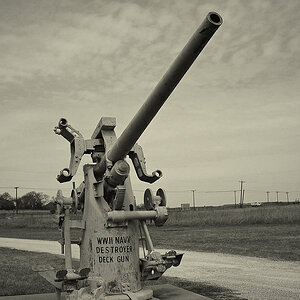
![[No title]](/data/xfmg/thumbnail/36/36650-edd8c21212fe9fbd7e59bfb08cdc91ea.jpg?1619737672)
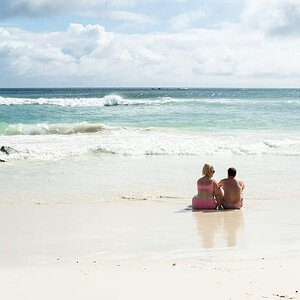
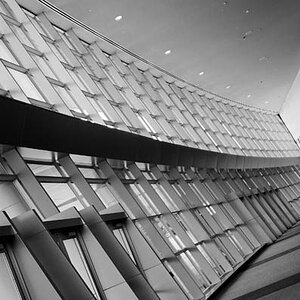
![[No title]](/data/xfmg/thumbnail/32/32718-19d5f7764b6f43f6cec5a67701261560.jpg?1619735624)
![[No title]](/data/xfmg/thumbnail/32/32639-1358bee897449f9a4a38676097b475d5.jpg?1619735555)
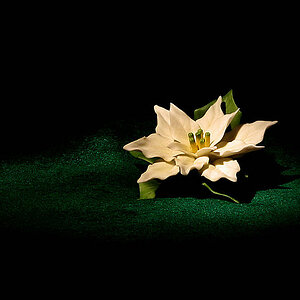
![[No title]](/data/xfmg/thumbnail/32/32638-22cfef06fc91cb3aee39b7b55c36198d.jpg?1619735555)
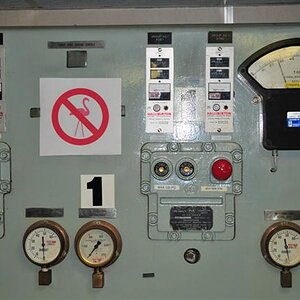
![[No title]](/data/xfmg/thumbnail/37/37123-508270c4d14bcf3f293bd90dfd8ba6b4.jpg?1619737883)
